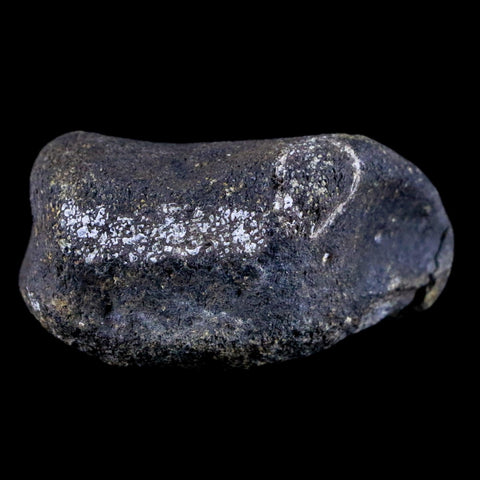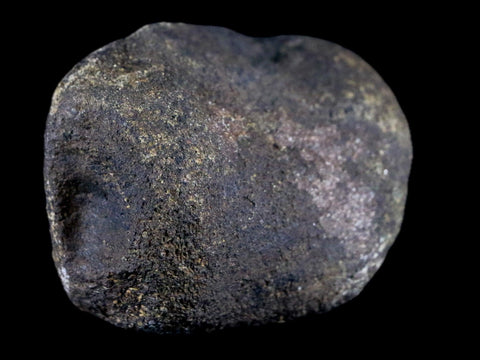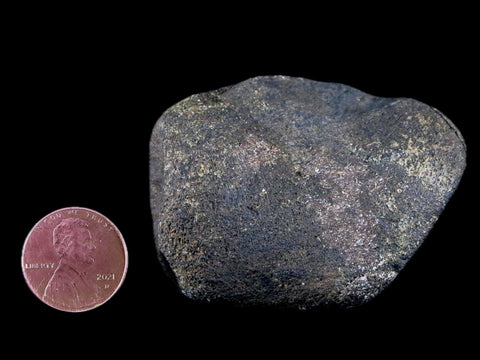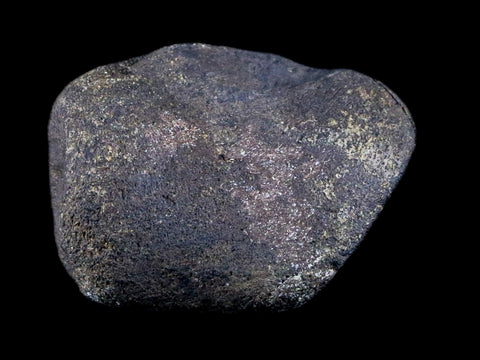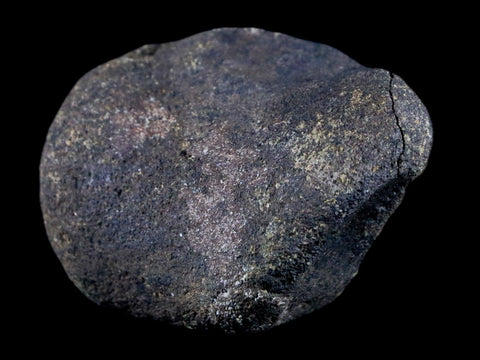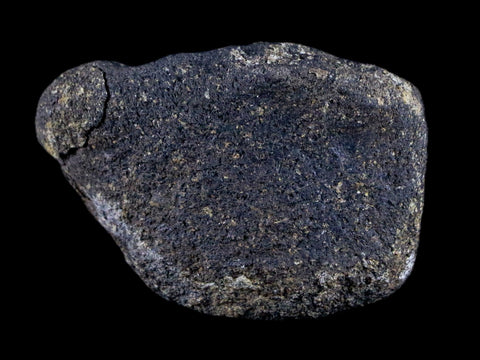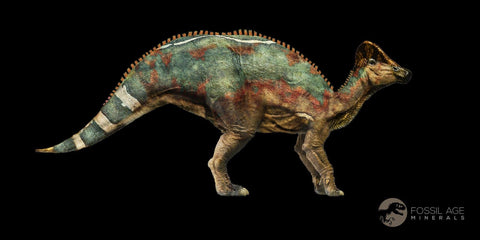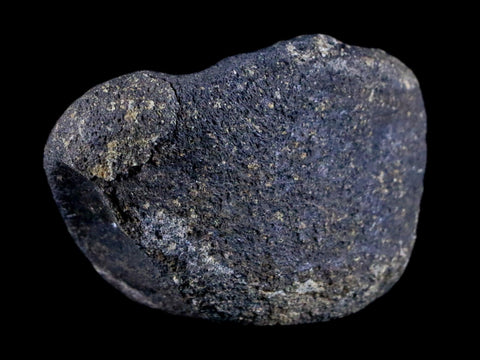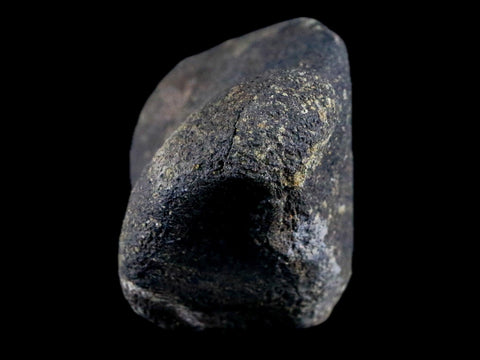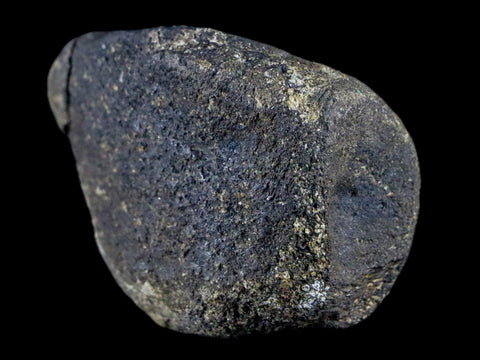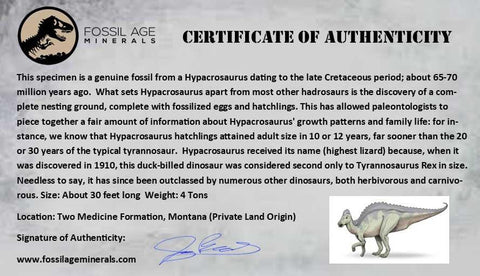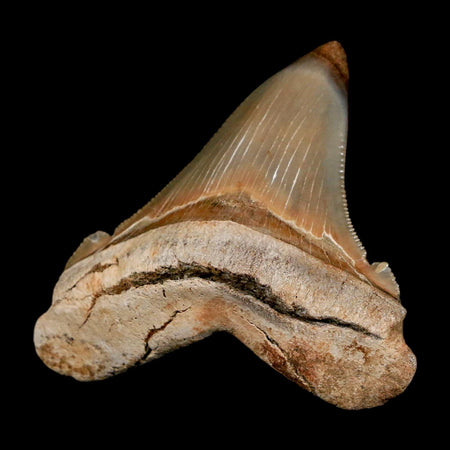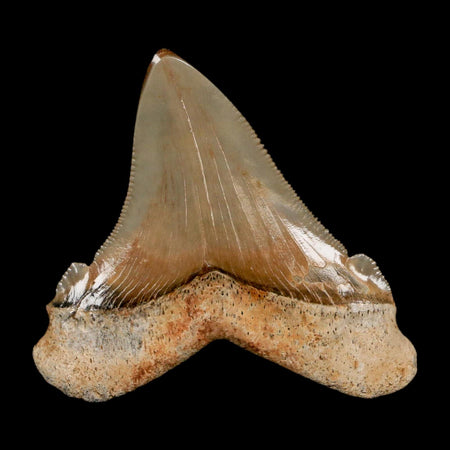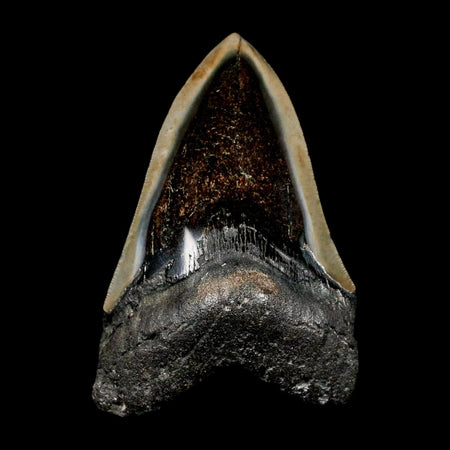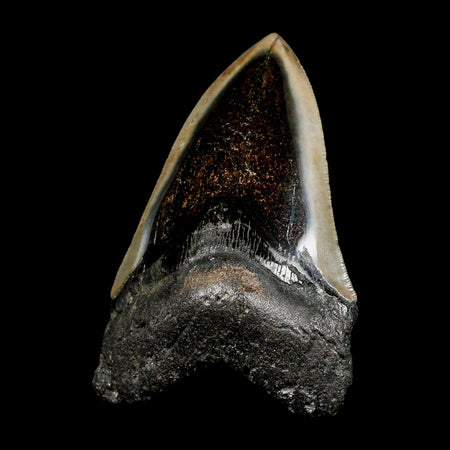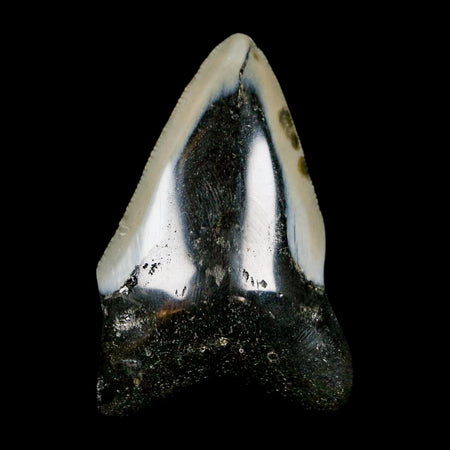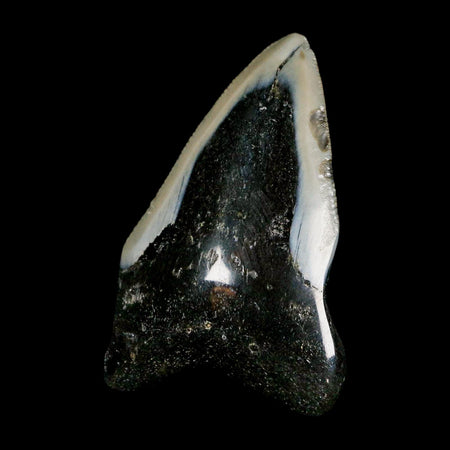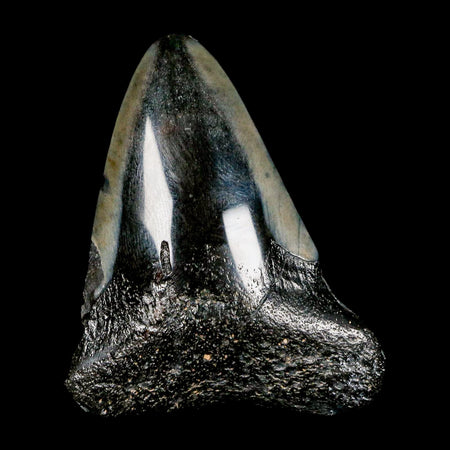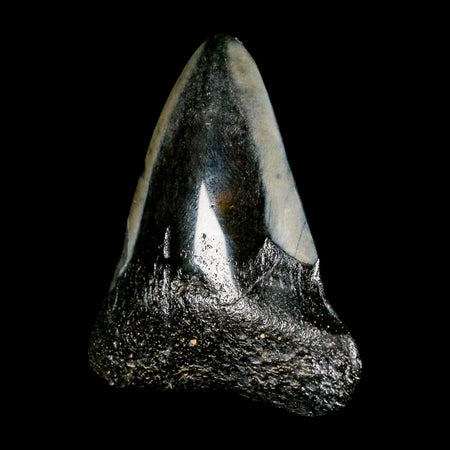2.2" Hypacrosaurus Dinosaur Fossil Toe Bone Two Medicine FM Cretaceous MT COA
Location: Two Medicine Formation, Montana (Private Land Origin)
Weight: 3.5 Ounces
Dimensions: 2.2 Inches Long, 1.6 Inches Wide, 1.2 Inches Thick
Comes with a Certificate of Authenticity.
The item pictured is the one you will receive.
This is a real fossil.
Hypacrosaurus Dinosaur
Hypacrosaurus, meaning ‘near the highest lizard,’ gets its name by comparing itself to the towering Tyrannosaurus—a true giant of late Cretaceous North America. Though Tyrannosaurus dwarfed Hypacrosaurus by about a third (twelve meters versus nine), the latter was no small player. In fact, Hypacrosaurus and its kin could easily have been prey to fearsome predators like Tyrannosaurus and Albertosaurus. The proof? A massive bite mark on an Edmontosaurus fossil, perfectly matching a Tyrannosaurus jaw. The healed wound reveals a fierce attack while the creature was alive—no mere scavenging here.
When you compare this to the twenty or so eggs in each Hypacrosaurus nest, you get the conclusion that Hypacrosaurus were breeding at a rate to compensate for high mortality levels. Assuming that environmental conditions were not so much of a factor, this could be because Hypacrosaurus was a viable and common prey species of the time, and, tyrannosaurs withstanding, other predators of Hypacrosaurus may have included troodontids like Troodon. These small predators would have been a particular threat to the smaller individuals of Hypacrosaurus, reducing the numbers growing to adulthood.
The crest of Hypacrosaurus is similar to that of its relative Corythosaurus, though wider and not as high. This crest was also hollow, which confirms its establishment as a lambeosaurine hadrosaurid (the group typified by Lambeosaurus). Several theories have been made about the function of lambeosaurine head crests, though the one with the most support concerns visual display so that different species of hadrosaur can tell each other apart, probably in a similar fashion to how the differences in the forms of horns and neck frills allow different genera of ceratopsian dinosaurs to be identified.



